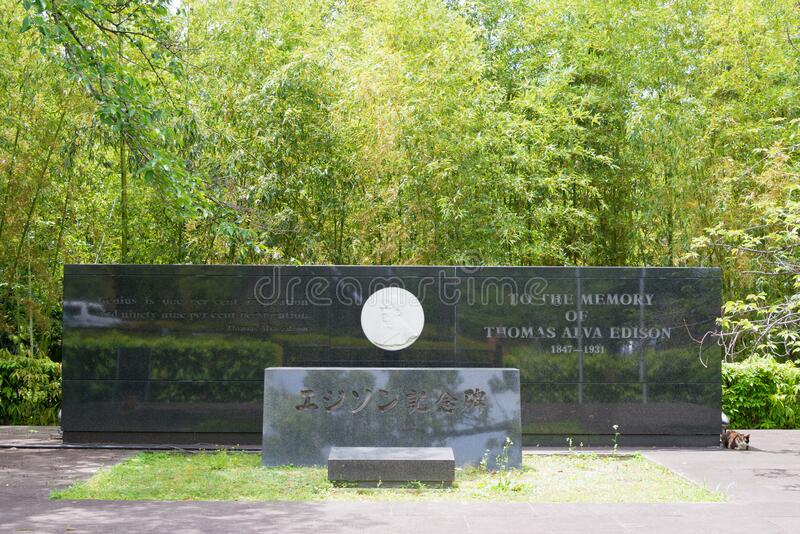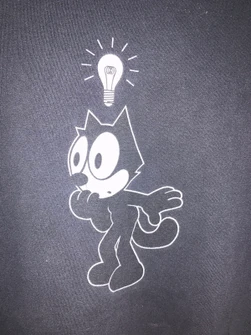On January 27, 1880, Thomas Edison received the historic patent for the light bulb that paved the way for the universal use of electric light. He once said, “Electric lights have helped to keep the world awake, both physically and mentally.”
Although he is most well known for this invention of the first practical incandescent light bulb, but here are 10 things about this invention that you may not know:
1. Thomas Edison invented the first patentable light bulb.
Edison wasn’t the first to create a light bulb. Electric light bulbs were being experimented with since early 1800s and English physicist, Sir Joseph Swan, had a working prototype of electric incandescent light bulb more than a decade earlier than Edison. These electric lights at the time, however, were unreliable, expensive, and short-lived.
However, what Edison created was a practical and commercial light bulb that could be used by the general public, which is why he was awarded the first patent for it. As the patent office said….”He reduced it to practice”, along with an entire system to generate the electricity to power the light bulb.
2. Edison’s first cotton filament in the light bulb cost about $40,000 to create.
Edison’s successful design came only after he had tested over 6,000 different vegetable fibers during a span of over 18 months running about 1,200 experiments.
3. Thomas Edison’s bamboo filament was imported from Kyoto, Japan.
This bulb would burn for a record 1,200 hours. There is now a monument in Edison’s honor that stands in the city of Kyoto, Japan where he got this sample.
4. Lewis Latimer, made Thomas Edison’s light bulb more efficient by making the filament longer lasting.
This black inventor, and Edison’s close associate, created a way to make the carbon filament more durable by encasing it in cardboard.
5. Edison discovered the “Edison Effect”, while experimenting with the light bulb.
Without knowing it at first, Edison had discovered the basis of an electron tube. Later, it was more accurately termed “thermionics” and would become the basis of diode and triode vacuum tubes that gave birth to early radio and TV.
6. Edison’s light bulbs had a dimmer glow than today’s.
They were designed to give off the familiar glow of a gas mantle; and thus be easier to market to consumers since most homes back then still had gas lighting in them.
7. The iconic tear-drop design of Edison’s light bulb has been used as the symbol of a great idea since the 19th century.
The first depictions of the light bulb were in newspaper comics that announced Edison’s early success, drawn as a dark room lit by a single lamp. However, it wasn’t until Felix the Cat was drawn with this same light bulb above his head in the early 1900’s that it began to really represent a new idea!
8. The Iolani Palace in Honolulu, Hawaii was the first royal residence in the world to use Edison’s light bulb.
King Kalakaua had the bright idea to light the palace after traveling all the way to New Jersey where Edison personally demonstrated it to him.
9. Thomas Edison used an all-female crew of flamework glass artisans to assemble and finish his light bulbs.
The delicate process was an art form; From creating a glass seal around the electrical wires to mating the stem to the bulb in an air-tight seal without cracking. The use of women for this glass work was a tradition that continued for nearly five decades, through the transition into General Electric, right up until the work was fully automated!
10. Thomas Edison also invented the first string of electric Christmas lights!
As a safer alternative candles, Edison strung the first Christmas light display outside of his laboratory in Menlo Park, NJ in December of 1880.






First time I read about Edison’s bulb fact, these are really amazing to know.I think most of the people are don’t know how a first bulb come in existence.
Thank you for sharing and empowering my knowledge.
hi
These facts are amazing! They helped me with my essay on lightbulbs!
These facts were very good. They helped me so much that my mom could love me again.
thank you for your very insightful information
Slay pookie beanie boo